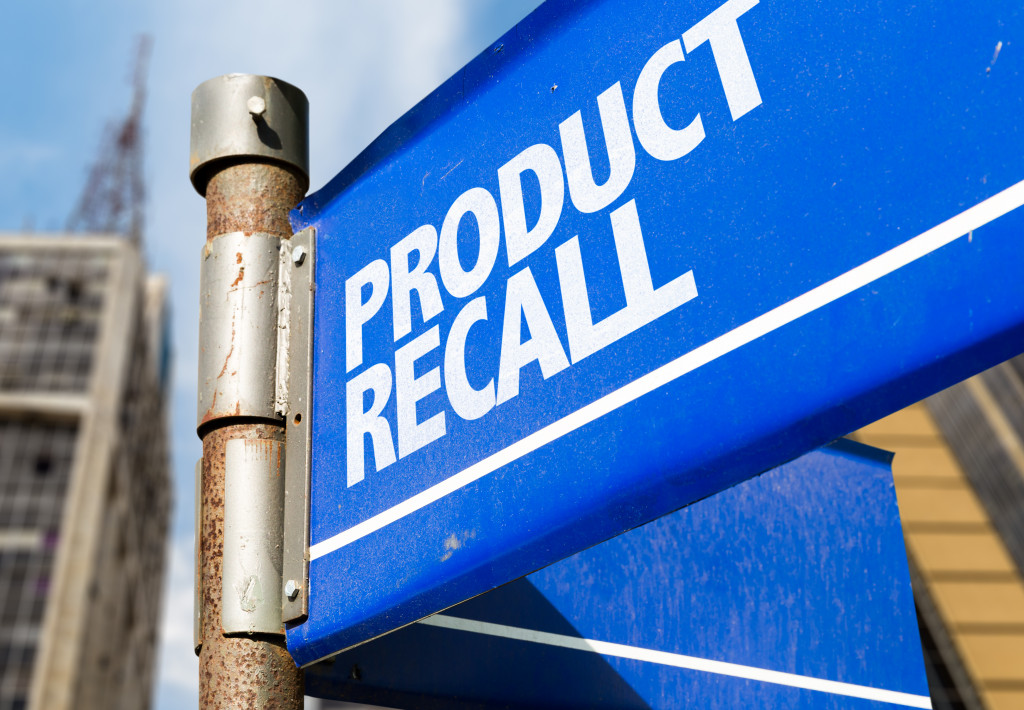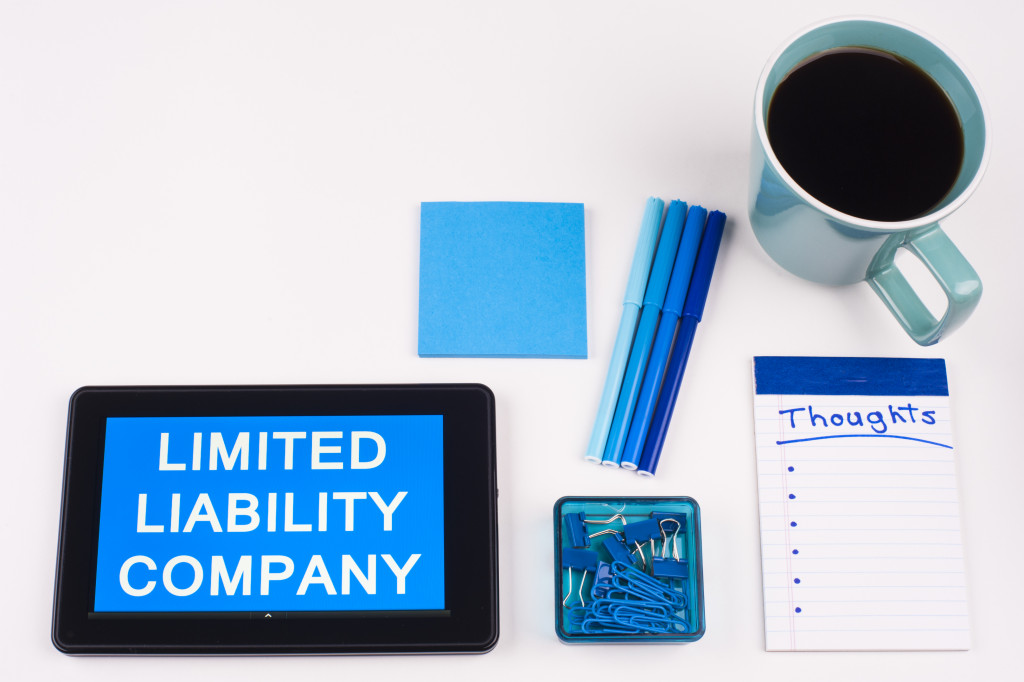It might seem challenging to ensure your products are safe from dangers. What you can do is protect your company by following these simple measures. Your way of handling a product liability claim may differ, depending on your manufacturing process. During the production and development stages, you have numerous opportunities to incorporate a safety feature and check the product’s safety.
Taking the time to check both aspects will drastically protect you from potential product liability claims. Below are the simplest tips that can help you minimize the potential of a product liability claim against your company.
What Causes a Liability Claim?
Not all product liability lawsuits are the same. However, they still share a few similar characteristics. Your company can be accountable for damages caused by a product if the plaintiff can prove that:
- The retailer, manufacturer, or designer failed to produce a safe product
- The product caused severe injuries and led to significant losses
- The product was defective
Before, only the product’s buyer can file a liability claim, but third parties can now file these lawsuits under most state guidelines. For example, a driver gets injured because the car’s brakes malfunctioned. He/she can hold the product’s manufacturer or designer responsible for the damages or injuries they encountered. If held accountable in court, the manufacturer will pay them for lost wages, medical bills, or other damages.
What’s a Defective Product?

Defective products refer to items that don’t function as intended. Defects can result from inaccurate ingredients or product information, missing warning labels, and a lack of instructions. Defects will turn a safe item into a harmful one that you can’t use. Here’s a list of the three primary kinds of product defects:
- Marketing defects: Marketing defects stem from improper labels, incorrect instructions, and insufficient warnings that result in injuries. Most victims will have to present the misleading information and how it caused damages to prove the marketing defect in a court trial.
- Manufacturing defects: Manufacturing defects happen when manufacturers fail to conform to the product’s designs. It can include allowing contamination from dangerous materials, making production mistakes, or using incorrect parts.
- Design defects: Items with design defects will put most victims in danger, even if they’re using them correctly. If you want to file for a product liability lawsuit, you’ll have to present that you were following the instructions, how it harmed you, and the defect. It’ll help you recover damages for a defective product.
3 Tips to Avoid Liability Claims
Investing in the right coverage, including firearms insurance, is a worthwhile decision; however, you still can’t avoid making mistakes, despite having that. Having one might help your business, but avoiding accidents is still the best solution you can opt for. Here are tips that will help you minimize the potential of liability lawsuits.
Outline a Risk Transfer Program
Your risk transfer program will help your company avoid financial compensation to claims or damages due to liabilities caused by a third party. Not having one will hold the company liable for the damages in court. It’ll be more beneficial to have this document written from the start. You can use legal agreements to aid you in transferring the risks. Hire a qualified lawyer specializing in product liability to make these records.
Holding harmless agreements will ensure that both your suppliers and contractors are contractually responsible for their omissions, mistakes, and negligence. You’ll also have to keep the statements of financial responsibility, including certificates of insurance. It’ll help your business avoid being held responsible for product-related lawsuits by verifying that a supplier or contractor has the required coverage in case of a lawsuit.
Incorporate Safety Into Design
You can control or eliminate risks and dangers during the product design phase. You’ll need a product safety assessment that states how the public should use the item and the kind of threats it might pose. Your products should also comply with government and industry safety standards. Instructions, warnings, and labels should follow these standards and be provided, understandable, and noticeable.
Taking the time to inspect and review your products regularly will verify that everything complies with the latest standards.
Build a Channel for Comments
Misused, faulty, or defective products can lead to business interruption, property damage, or serious injuries. In worst cases, loss of trust, high-profile negative publicity, and product recalls might ensue. You can avoid most incidents by asking distributors or manufacturers to review the feedback or comments from the consumers. That will help your company take the necessary steps to prevent or minimize defects.
Making it more manageable for the public to leave comments will allow you to quickly meet their needs and lead to more opportunities for improving products and services.
Bear in mind that liability risks and defects will affect retailers, wholesalers, distributors, designers, and manufacturers. Online or physical items that cause wrongful death, put another person in danger, and omit adequate warnings will result in lawsuits, which will consume your financial resources quickly. Know what steps to take to guarantee safety, potentially saving your company money and maintaining your reputation.

